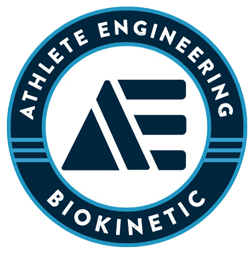Official Website for David Nogaki
Your ultimate resource for achieving POWERFUL HEALTH and PEAK PERFORMANCE
COACHING: Fitness | Weight Loss | Health | Injury Rehab | Sports Performance COACH EDUCATION: Certification | Internship | Seminars EXTRAS: Rates | Blogs | Q&A | AE Concepts | Primal Palate
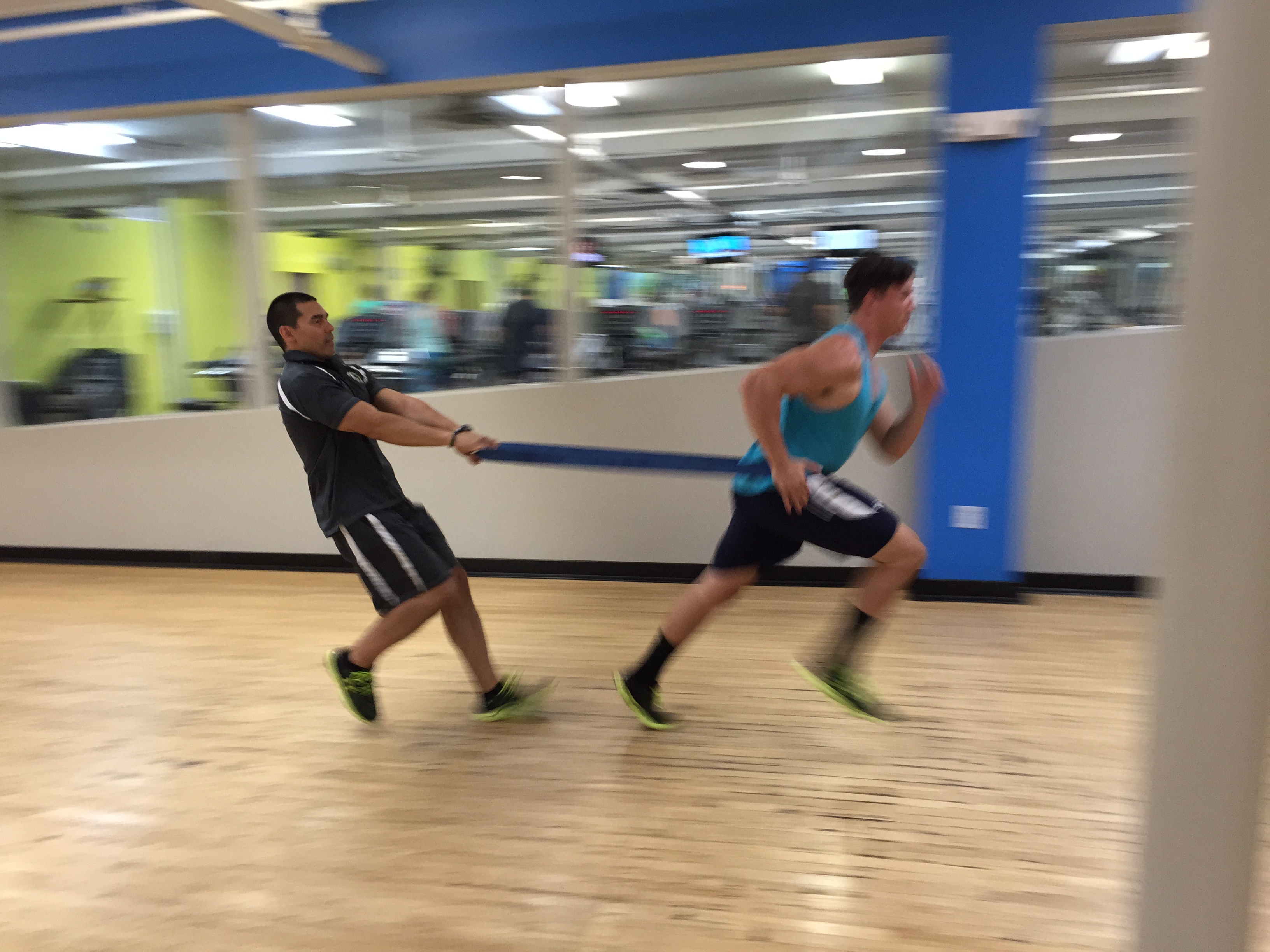
Sports Performance
Scientific training of the athlete from rehab to competition.
• Speed & Agility
• Strength & Conditioning
• Sports Nutrition
• Flexibility & Mobility
• Teams & Individuals
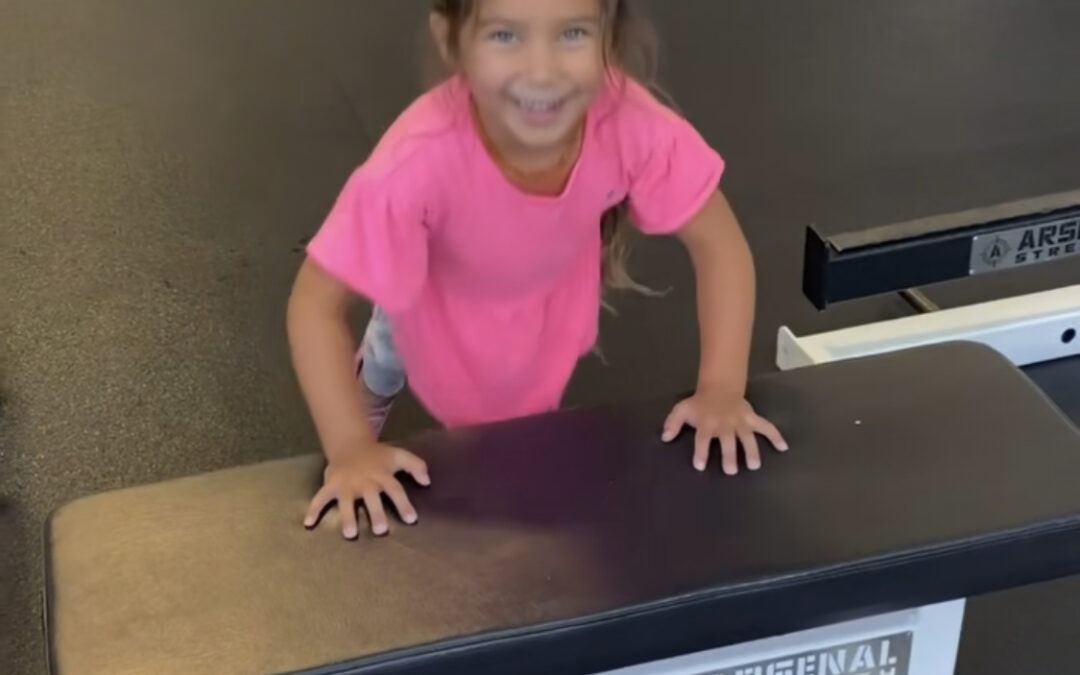
My Favorite Athlete
My 5 year old is a natural athlete.. can do pull-ups without any “training”. I want her to be fit, healthy, athletic, and happy but I am not really pleased with the state of kids’ sports these days so I don’t know what her future in organized sports will be. I don’t really care either way, as long as the special light that emanates from her continues to shine. If it’s not fun, we are not doing it.
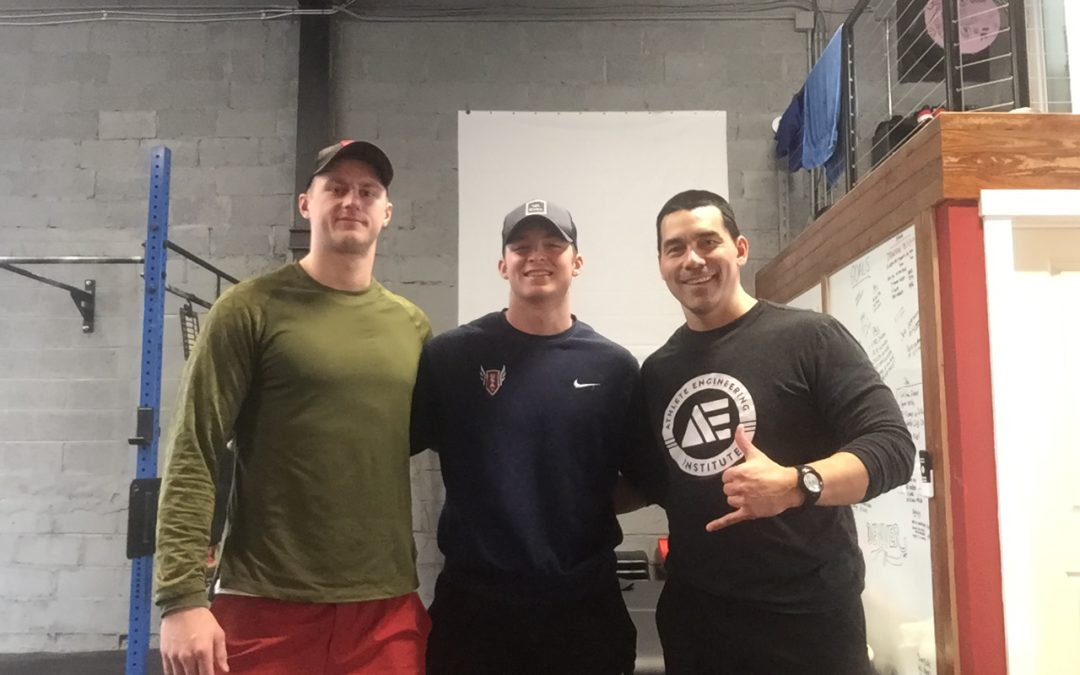
BKE Tuneup for Fordham Crew
Fordham men’s crew team captain Billy McNicholas getting a BKE tuneup to get ready for the upcoming season as well as ongoing Navy ROTC and Luke Konen of West Point Military Academy staying BKE optimized for intense summer training.
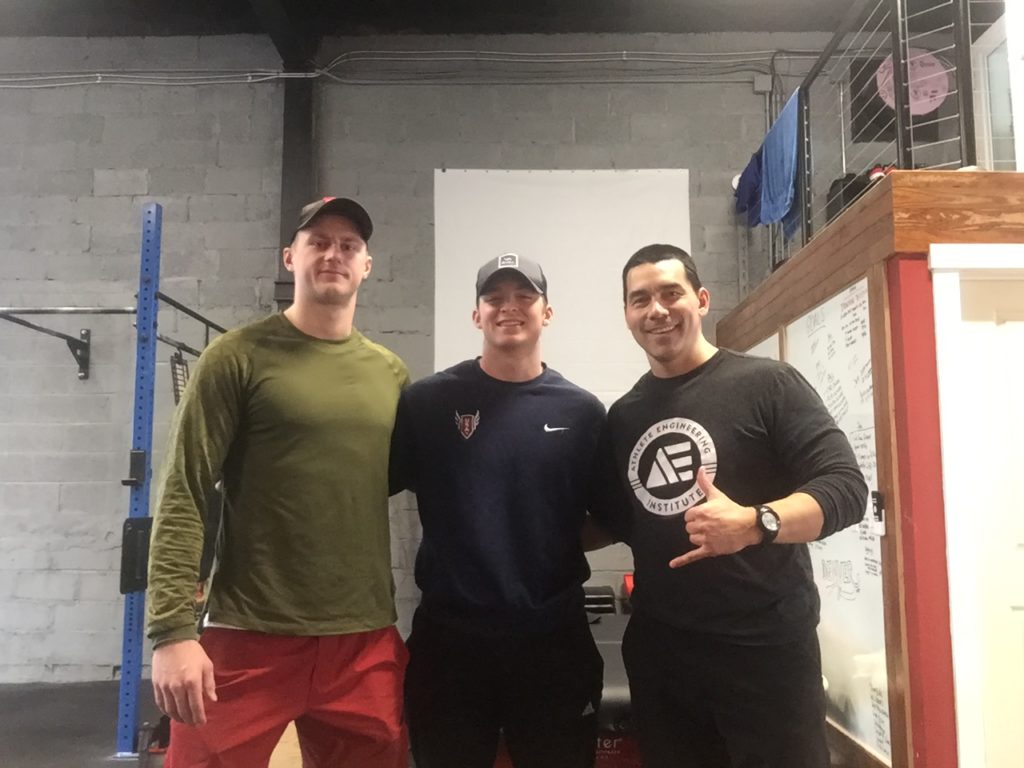
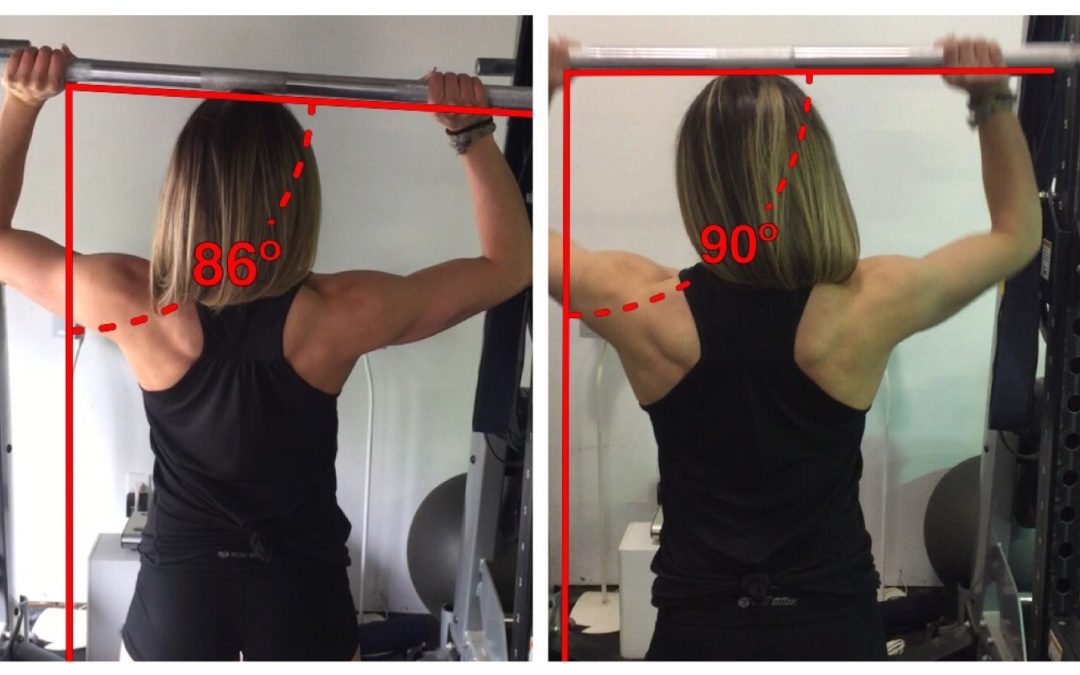
UNILATERAL SHOULDER “WEAKNESS”
Check out how @iron_fit_rd ‘s left shoulder strength improved in one session by realigning her BioKinetic Energy field.
What causes a “weakness” in a limb?
A muscle contracts when the nervous system tells it to. If the nervous system does not deliver a good message, the muscle will not contract forcefully. The flow of the nervous system can be dampened from chemical inefficiencies, structural misalignments, and a disempowered consciousness.
A BKE assessment on this athlete revealed the following issues:
Structural: • Pelvis tilted downward to the right • Right temporal bone rotated anterior
Muscle Activation: (swipe left to see) • Bilateral oblique • Bilateral quadratus lumborum • Lumbar rotation to the left • Thoracic rotation to the left • Cranial – right temporal bone anteversion (forward rotation)
I used the BKE techniques of cranial realignment, spinal realignment, and meridian balancing to reactivated all the muscles and the pelvis then realigned itself.
As you can see in the before/ after overhead press video, the bar moves faster and her left shoulder is much stronger after the session.
Eat * Move * Think
Bio * Kinetic * Energy
#fitness #fitlife #functionaltraining #fitnessjourney #correctiveexercise #meridians #biokineticathlete #athlete #sports

STRUCTURAL ALIGNMENT ASSESSMENT
Most athletes excel at getting from point A to point B, getting the job done, winning at all costs. However, most of them are also doing so at the expense of their structural health and despite having inefficient movement. Eventually, repetitive stress catches up with them, their system gives out, a serious injury occurs, and their best days are behind them.
This does not have to happen if the athlete is cared for properly, scientifically, and intelligently. At Athlete Engineering, we offer the most thorough and advanced structural assessment available today. Every athlete is evaluated for bio-mechanical movement efficiency as well as structural alignment prior to beginning a training program.
During this assessment, your BKE specialist will test to see if your bones are resting in their proper position. Misalignments in structure will cause repetitive stress on your tissues and joints over time if they are not realigned.
With all this information, we are able to determine if you will be prone to injuries and if so which body parts are at elevated risk. A corrective therapy program is then designed and incorporated into your strength and conditioning program to fix these issues. Also, we will be able to spot dysfunctions which are holding you back from reaching your athletic potential. Correcting these dysfunctions will allow you to move with more efficiency, speed, and power. In other words, you will be able to reach your athletic potential while remaining injury free.

NEUROLOGICAL SWITCHING
Check out how BKE helped this pitcher to keep his head straight during his delivery. You can see how his head is tilted and rotated to the left in the before shot. After a session of BKE it was a little better in the middle pic. On the right after a few sessions it is staying pretty straight and in a more optimal body positioning for throwing velocity.
He tried for years to keep it straight by consciously thinking about it. This didn’t work because it was caused by his nervous system, which could not be consciously controlled. He had something called neurological switching. When in gait or a stride stance, certain muscles are supposed to switch off, or deactive, and others are supposed to turn on, or activate. When your left foot is in front, your left latissimus dorsi should turn on and your left trapezius should turn off. Sometimes there is a malfunction in the system and the muscles don’t turn on or off when they are supposed to. Sometimes it is even in reverse. When you throw a pitch right handed, your left foot is forward and so your left trapezius should be shut off. Instead, his was activating in this position, causing the head to tilt to the left. After we straightened out his neurological switching with BKE, his head started staying straight at maximal velocity.
Eat * Move * Think
Bio * Kinetic * Energy
#functionaltraining #correctiveexercise #biomechanics #neurological #nervoussystem #biokineticathlete #training #trainhard #trainsmart #holistic #sports #sportsperformance #baseball #baseballpitcher #pitching #pitchingbiomechanics
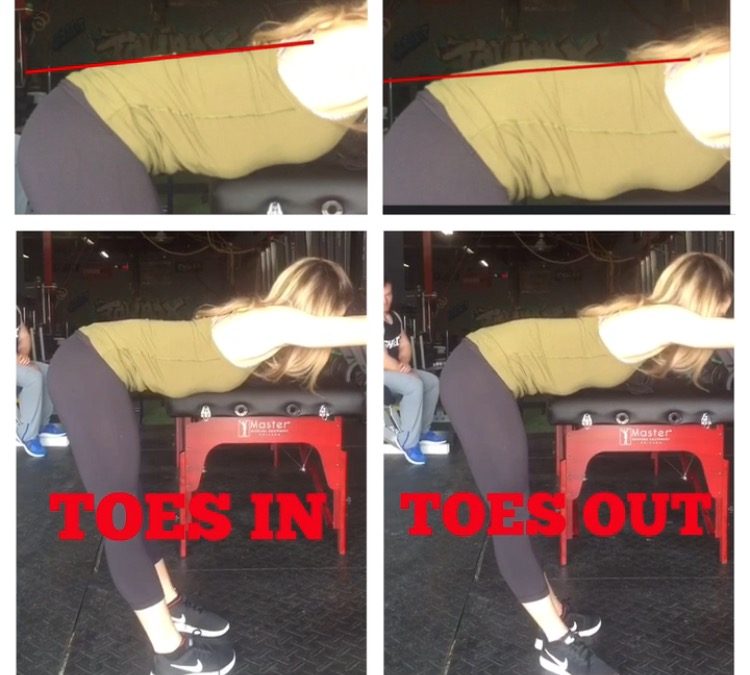
LATERAL AND MEDIAL HAMSTRING IMBALANCES
Often we tend to think of the hamstrings as one muscle and train them as such. However, this is a mistake because there can be a big difference in flexibility and strength amongst the three. For example, BioKinetic Athlete @iron_fit_rd has a strength deficit in her medial hamstrings – semitendinosis and semimembranosus, compared to the lateral hamstring – the bicep femoris. On the left, her feet are pointed inward, stretching and challenging the bicep femoris. On the right, her feet are pointed outward, challenging the medial hamstrings. You can see her lumbar round in this one. The reason for the rounding is that her medial hamstrings can not handle the load in this position and therefore can not stabilize her pelvis. If the pelvis did tilt to the normal angle, a hamstring injury would most likely occur because of the weakness. Therefore the nervous system does not allow it to go there. Since the pelvis is not fully tilted, the spine has to compensate by rounding.
To fix it, we need to reteach the medial hamstrings to load in full hip flexion.
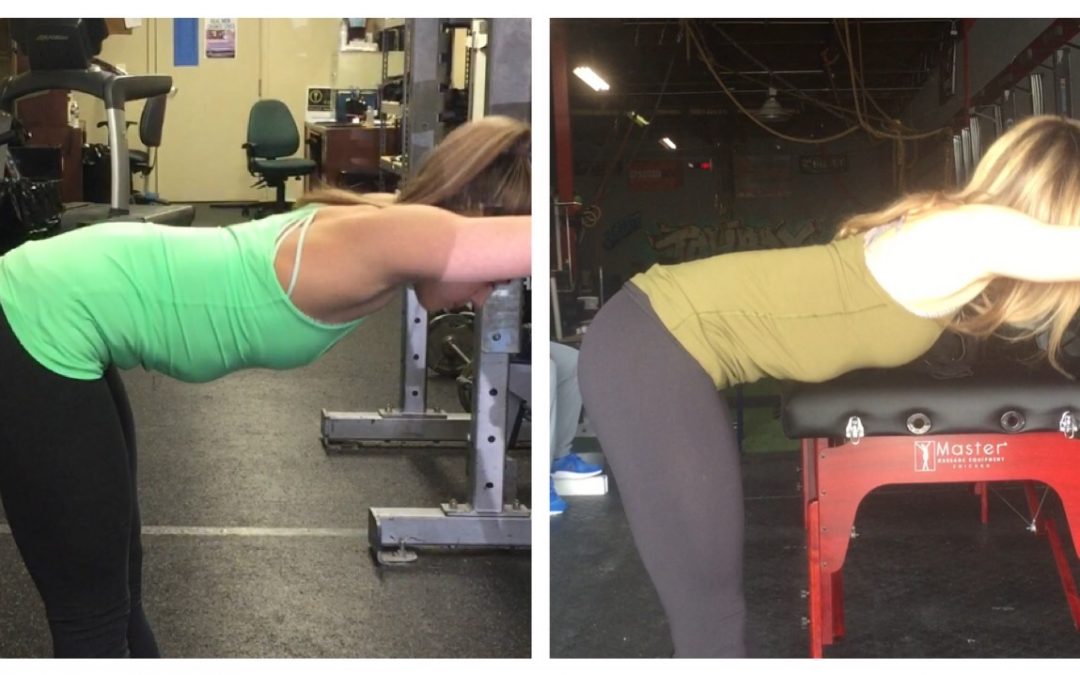
MOBILITY OR LOADING ISSUE?
Check out how BKE Integration helped this athlete with her ability to arch the lower back while in hip flexion. What worked? Not stretching or any flexibility or mobility or soft tissue techniques. It came down to training her hamstrings to “load” or contract and stabilize her pelvis while moving into forward pelvic tilt.
If you have a bio mechanical issue that appears to be lack of flexibility, it might not be your flexibility at all, but instead a “loading” issue. This occurs when your kinetic chain has a weakness in a specific range of motion. The muscles involved do not have the ability to support or stabilize your structure while in this position. They might be incredibly powerful in other ranges of the same movement, but incredibly weak in these few specific degrees.
The featured athlete here grew up as a dancer and later transitioned into powerlifting. During her deadlift, she experienced a rounding of her lower back and couldn’t figure out why. As a dancer, she was taught to always keep her upper body vertical, so she did not spend much time in a position of hip flexion. The end range of hip flexion remained weak since it was rarely used. In the hip flexion position of the deadlift, her hamstrings would not support her pelvis in an anterior tilt position, thus creating a “neurological tightness”. Her pelvis would not tilt forward far enough so that she could maintain extension in the lumbar spine during the deadlift. We fixed it with a series of exercises to train her hamstrings in that specific position. We had to teach them how to work in that range by using extremely low loads and working up as they started to activate.

Big East Freshman of the Week!


Congrats to BioKinetic athlete Kimberly McDonough for winning Big East Freshman of the week! Averaging 5pts per game against Georgetown and Temple. Kimberly is a great example of focusing on overall athleticism in her developmental years instead of being a one sport athlete. She only started playing lacrosse in the 8th grade and also ran track. A passion for the game, hard work in the weight room, a positive attitude, upbeat energy, and a supportive and loving family has allowed her to excel at the D1 level as a freshman. I have no doubt she will dominate the league over the coming years and continue to be a great example of maintaining balance while pursuing your athletic goals.
#lax #lacrosse #villanova #biokinetic #athlete #sports #sportsperformance Eat * Move * Think
Bio * Kinetic * Energy
Don’t hope for success, engineer it.


INCREASING HIP EXTENSION WITHOUT INCREASING HIP EXTENSION
 Training a pitcher to throw at a higher velocity is one of the more complex challenges in sports performance. There are many factors involved, and many controversial opinions.
Training a pitcher to throw at a higher velocity is one of the more complex challenges in sports performance. There are many factors involved, and many controversial opinions.
However, enhancing the kinetic chain where it is specific to the biomechanics of throwing is indisputable. In this case, one factor was hip extension. If you look at the pitcher’s right leg, you will notice that his hip extension is much better in the after pic. This allows for more power pushing off the mound and allowed his left foot to land 3 inches closer to the plate. The end result is a higher throwing velocity and a higher perceived velocity by the batter since the distance to the plate is shorter.
However, here is the catch – we did not attain more hip extension by working on improving his hip extension. What looked like a deficit in hip extension in the before pic was really caused by a lack of rotation to the right in his lumbar spine. In the transition phase of the pitch, when he is moving from the stretch (or loading) phase to the release, his spine needs to be in right rotation as his right arm is reaching backward. During transition, his pelvis must rotate to the left, which increases the tension and stretch through his trunk and throwing arm. As his pelvis rotates to the left, the rotation in his spine to the right is relatively increased. The problem in this case was that his lumbar spine had limited rotation to the right. So when he rotated his pelvis to the left, the lumbar spine would rotate along with it to the left. This would in effect shorten the psoas, the main muscle involved in hip extension. The psoas originates on the lumbar spine so it was being “pulled” from the top of the muscle, not from the hip.
As we improved his lumbar rotation to the right, his hip extension during throwing also improved.
Sometimes a cigar is just a cigar. Sometimes if you need more hip extension, you have to work on hip extension. But often, a cigar is not just a cigar and you have to look deeper to find out what is really going on.
Note: In this pic I measured knee extension just because it was easier to landmark. However, the hip extension difference will be similar because the knee is going into flexion only because of a lack of hip extension.

BKE APLIED TO SPORT SPECIFIC
At Athlete Engineering, we assess each athlete by breaking down the fundamental needs of their sport and position and compare those needs to the individual’s current condition. Not only do we look at the athlete’s structure and movement, but also their biology and state of consciousness (BioKinetic Energy). From this assessment we can determine where the priorities are for optimization.
This pitcher needs a few more miles per hour on his fastball. After a thorough assessment, we determined that has priorities on all three sides of the triangle. On the Kinetic side, he needs more supination in his right hip and more spinal rotation to the right in his lumbar. On the Biological side, he has candida and adrenal fatigue. And on his Energetic side, he has a faulty belief that more is better – more training, more pushing, always filling up space, now sleeping and resting enough. The two latter sides have been draining his energy and not allowing for full recuperation. So, we work on all three sides simultaneously.
Pictured here is the difference between his right and left leg when being tested for Supination. In his pitching mechanics, he needs powerful External Rotation in his right hip to push off the mound. As you can see, his mobility moving into External Rotation, a major part of supination, is limited. More on this to come but the first and very important step is complete – knowing where you are and where you need to get. This can save you years of unnecessary, unproductive, and often damaging training programs.

